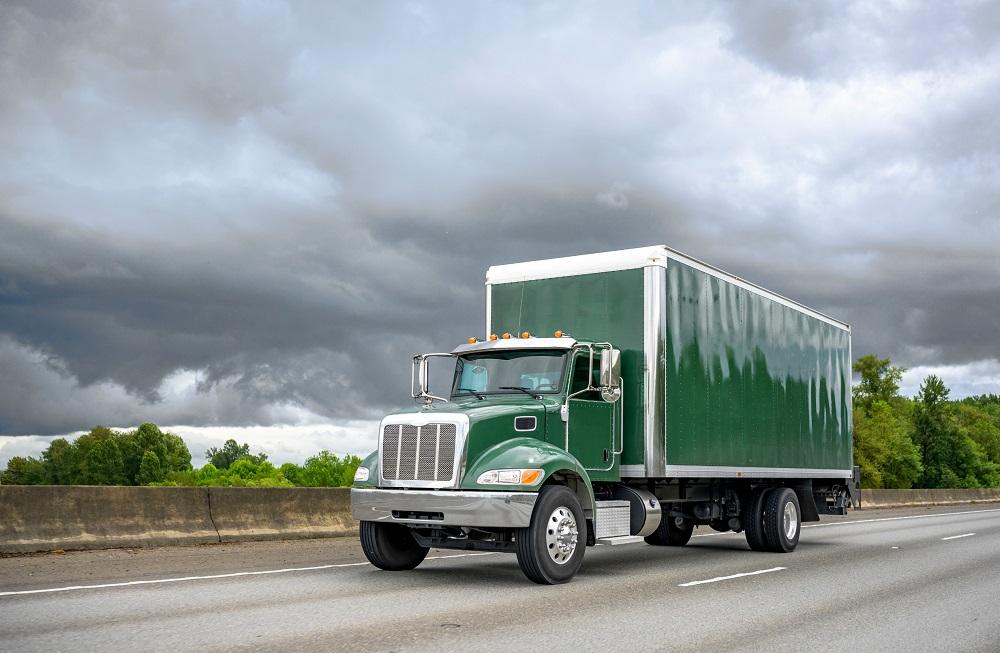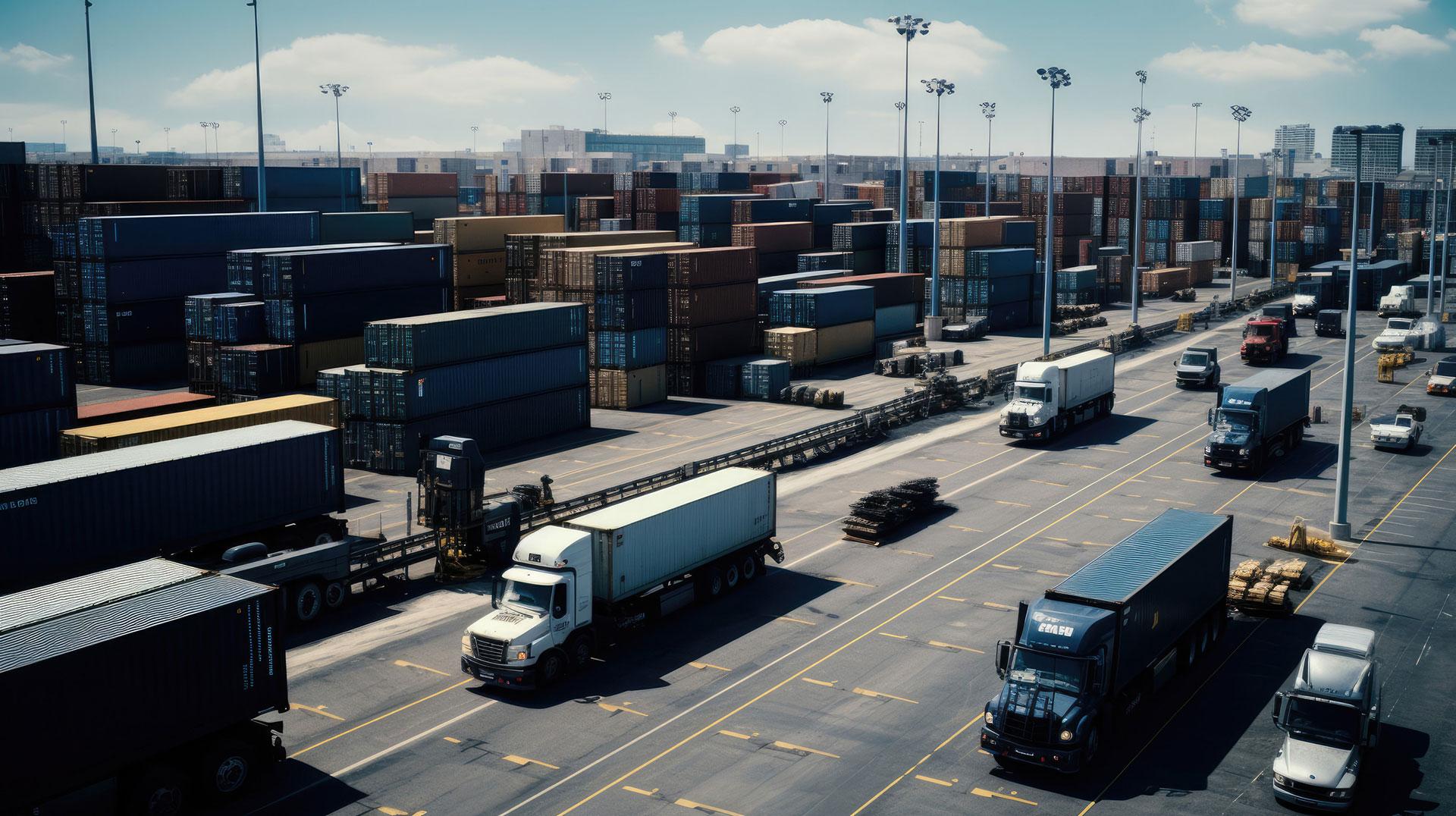The Keys to Effective Semi-Truck Loading and Unloading
January 27th, 2023
By Arrow Truck Marketing

It’s easy to think that loading and unloading a semi-truck is all about inventory, but nothing could be farther from the truth. In fact, it could be argued that the success of your enterprise rests on your loading and unloading abilities. Don’t believe us? Let’s take a closer look at how your processes affect various aspects of your business and the keys to getting it right.
Safety and Compliance
According to the United States Department of Labor, “truck or rail tank car loading or the unloading of flammable/combustible liquids is one of the most hazardous operations likely to be undertaken at any manufacturing or storage facility.” You are responsible for protecting your employees by implementing loading and unloading policies and procedures designed to safeguard their health and well-being.
OSHA has authority over off-highway trucking activities such as loading and unloading, including forklift operators and warehouse or terminal employees who perform the tasks. OSHA regulations define specific safety measures that must be taken, including the following:
Training
Safety practices for when a trailer arrives at its destination
Inspection procedures for the vehicle prior to loading or unloading
Ergonomics
Ventilation
Loading techniques that keep the weight balanced and the cargo secured
Industry-specific guidelines for handling food, hazardous materials, and more
The list goes on… Diligent compliance with OSHA standards is one of the best ways you can keep your crew safe from all-too-common hazards such as:
Truck movement before the loading or unloading is complete, whether due to “creep” or the driver leaving too quickly
Falling cargo
Water in the dock area
Poor visibility
Clutter
Elevation changes
These and other issues put your employees at risk for serious injury. These types of injuries can be devastating for the individuals involved and can be costly for your organization; time lost, worker’s compensation claims, damaged reputation, lawsuits, and fines and penalties for non-compliance are just a few of the ways poor attention to safety will impact your bottom line.
It’s far wiser to prevent these issues by paying close attention to safety in your loading and unloading areas. Here are just a few best practices you can implement to take care of your crew:
Weatherproof your docking area. Keeping the water out will protect your employees and the freight.
Take the driver’s keys upon arrival, and don’t return them until the process is finished.
Install safety measures in the docking area, such as traffic lights, wheel bumpers, and mirrors, to guide and control traffic in the space.
Train, train, train your staff on all things safety, from ergonomic movements to utilizing the loading equipment properly and everything and anything in between. Train regularly and often.
Maintain the loading and unloading area vigilantly. Keep the space clear of clutter, inspect the equipment, and provide safety checklists for everyone involved.
Utilize safety equipment such as hydraulic dock levelers and barrier gates to make movement between the truck and cargo area smooth and safe for everyone.
Use lights for communication. The dock can be noisy; lights keep everyone in your crew in the loop about what’s happening at all times.
Paying attention to safety and compliance is just good for business.
Efficiency
Another aspect of your business that’s highly impacted by your unloading and loading process is efficiency. Efficiency is ultimately what makes your business profitable. Get the job done efficiently and your bottom line grows; stumble through inefficiently and the costs just start piling up. It’s important to remember that efficiency isn’t just about speed, though that’s certainly part of it. While efficiency is about your ability to use minimum resources to get maximum results, cutting corners or sacrificing safety are not choices that will provide the returns you’re looking for and will actually backfire on you quickly. Rather, turn your attention to ideas like the following that will help you move materials on and off your trucks quickly, safely, and cost-effectively:
Manage Your Weight
The final weight of the truck is critical – it affects performance, safety, and compliance, among other things. If you’re carrying a particularly heavy load, you’ll want to load the heaviest items first to make sure there’s sufficient space and weight capacity. You also need to be careful to balance the weight properly as well, with heavier items loaded closer to the front of the vehicle. The more skillful you are at managing weight, the more efficient your processes will be.
Secure Your Load
There are a number of different techniques and strategies for securing cargo in a semi-trailer. Training and practice will help you and your crew learn and master these techniques so you can implement them quickly. One way you can really work to improve efficiency is to invest in durable but easy-to-use cargo clips and straps that require minimal time and effort to install.
Label, Label, Label
The few extra seconds you take on the front end to label your load and create an inventory template and map will save you tons of time on the back end getting inventory where it needs to go.
Invest in Safety
We already discussed safety at length, but it’s worth mentioning here that proactive safety measures are an investment in efficiency; nothing slows your operation down faster than accidents, injuries, and short staffing.
Maintenance
Poorly maintained equipment runs slowly and requires lots of troubleshooting. You’ll be amazed at how much faster your process can be with well-maintained equipment in place.
Automation
Your human staff is amazing, but they can’t compete with mechanical moving equipment such as forklifts and conveyor belts. Take a look at your operation and consider how automation upgrades will improve the flow of materials in and out.
The efficiency improvements you make depend on many variables, including your industry and whether you’re in the business of local vs long haul trucking, but investing in efficiency always provides a solid return.
The Bottom Line
What are the keys to unloading and loading your semi-trucks? Focusing on improvements to safety and efficiency, regardless of your cargo, will help boost your bottom line. Having the right truck is also critical. If you’re interested in how Arrow Trucking can help you move materials better, contact us today.

